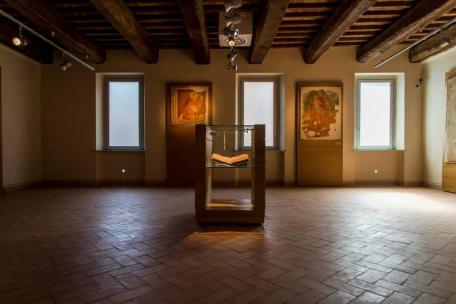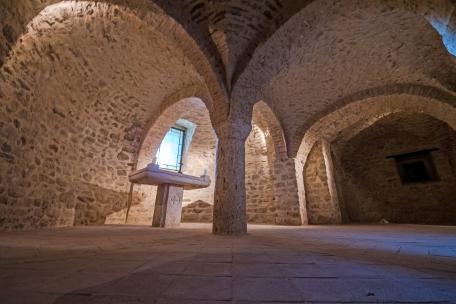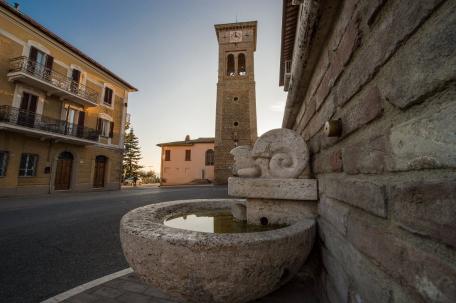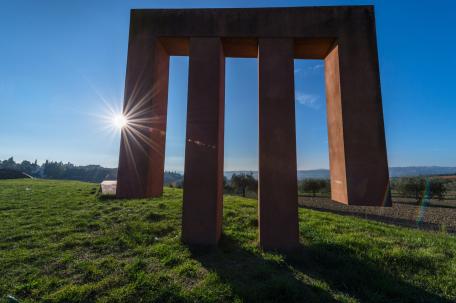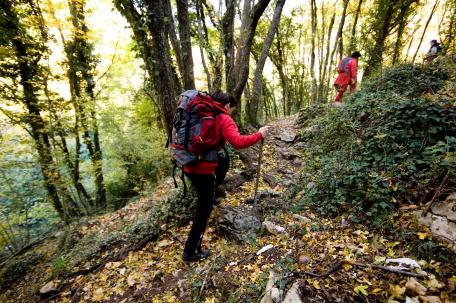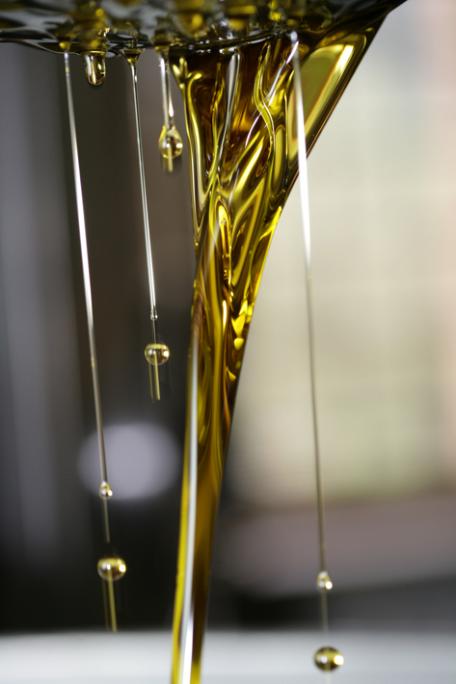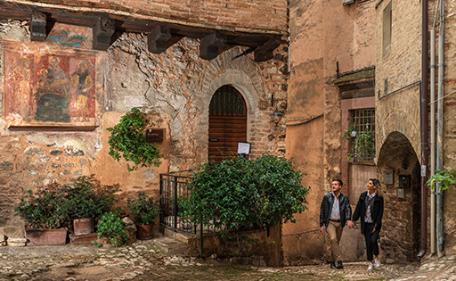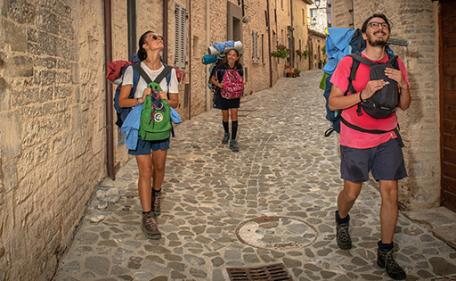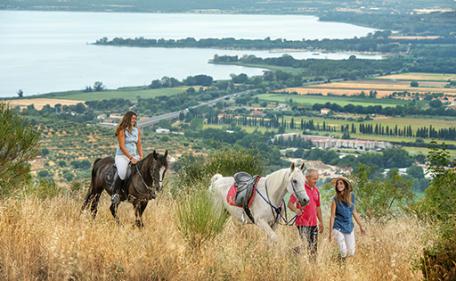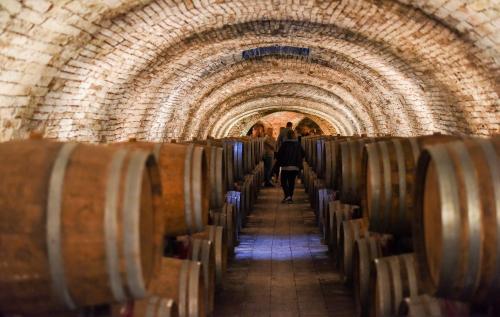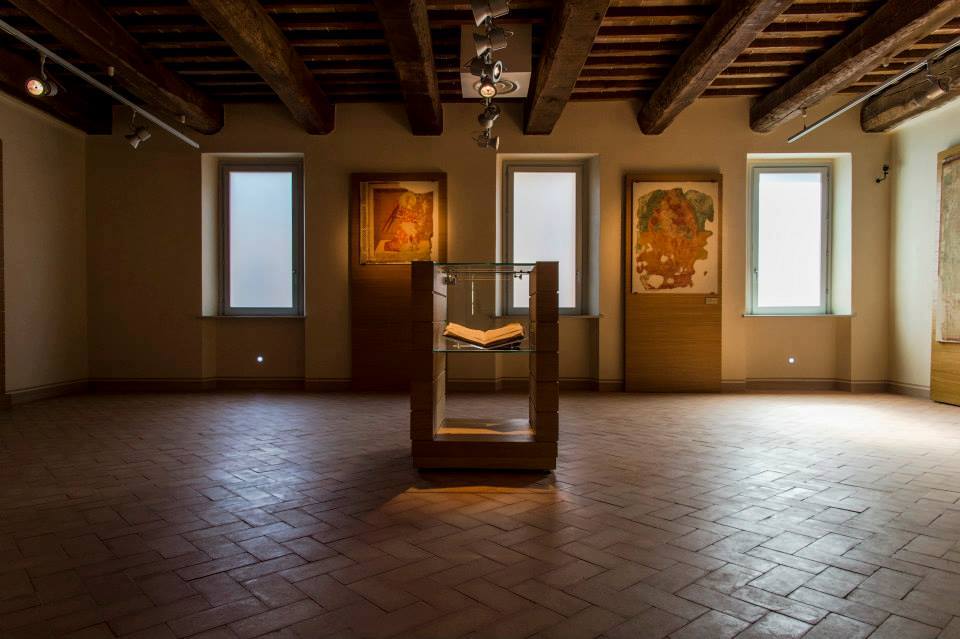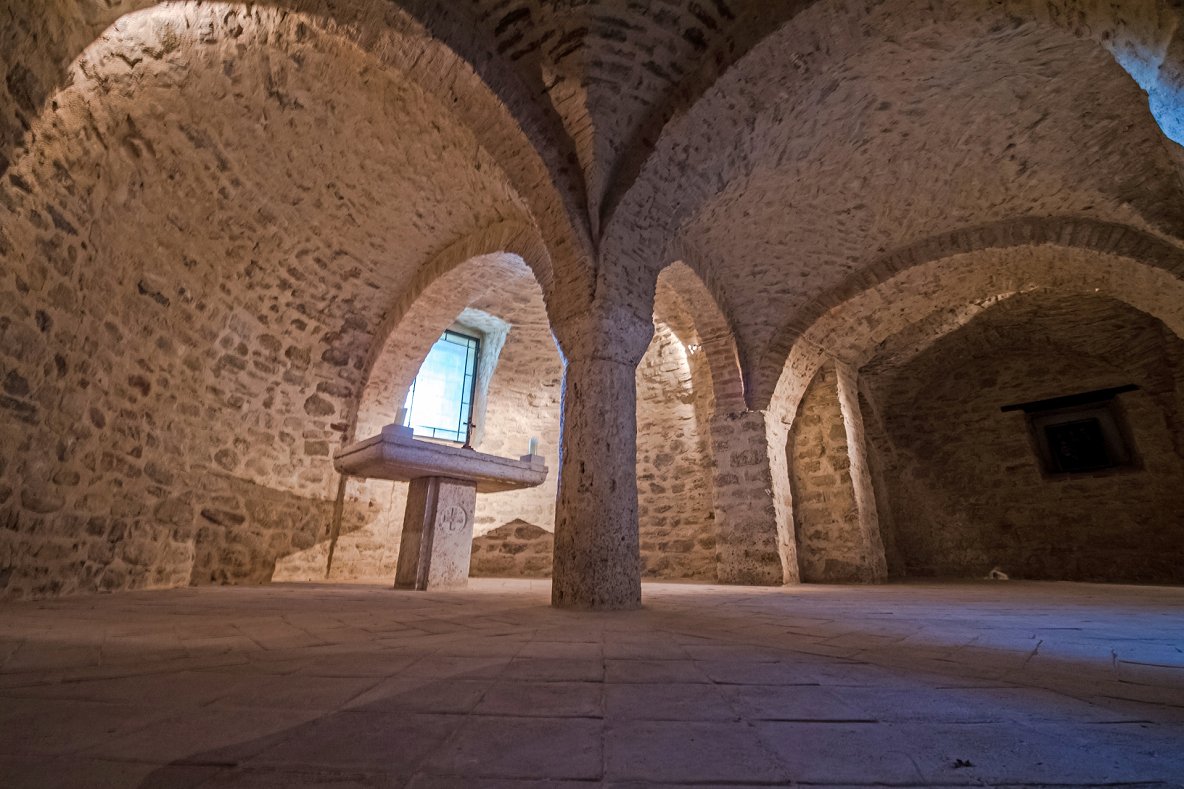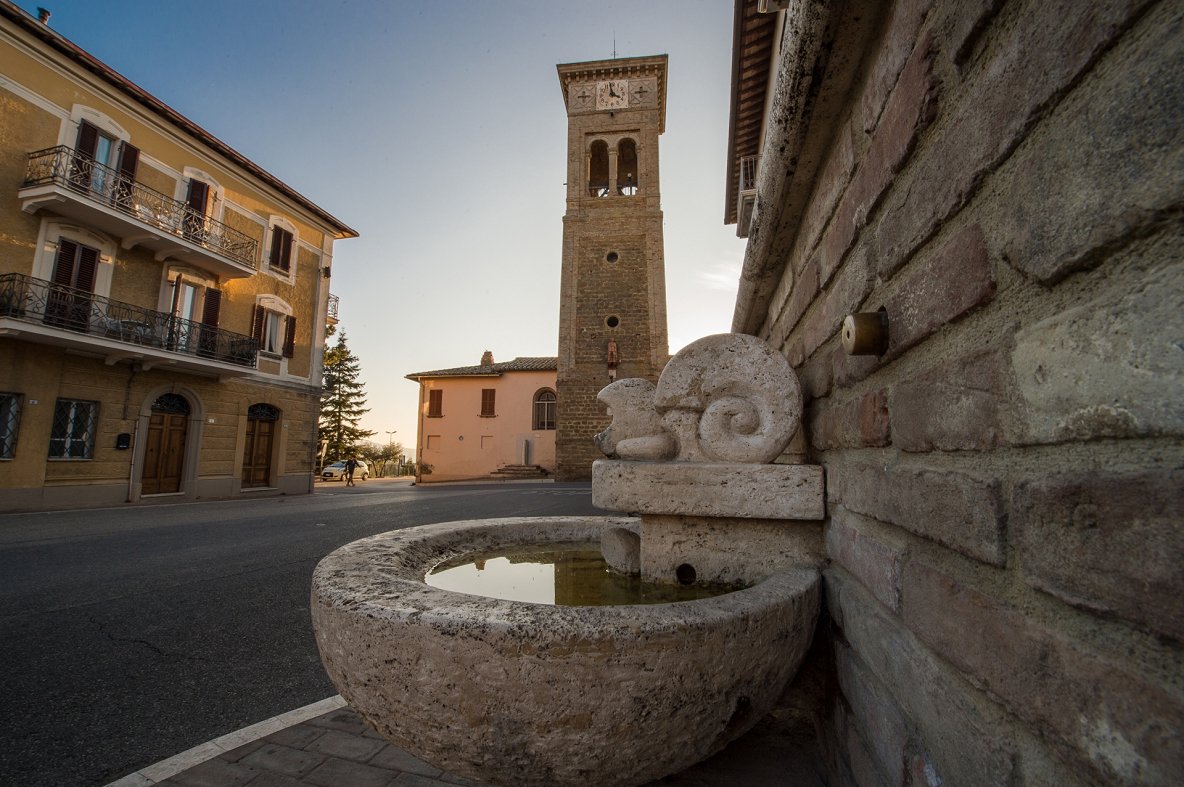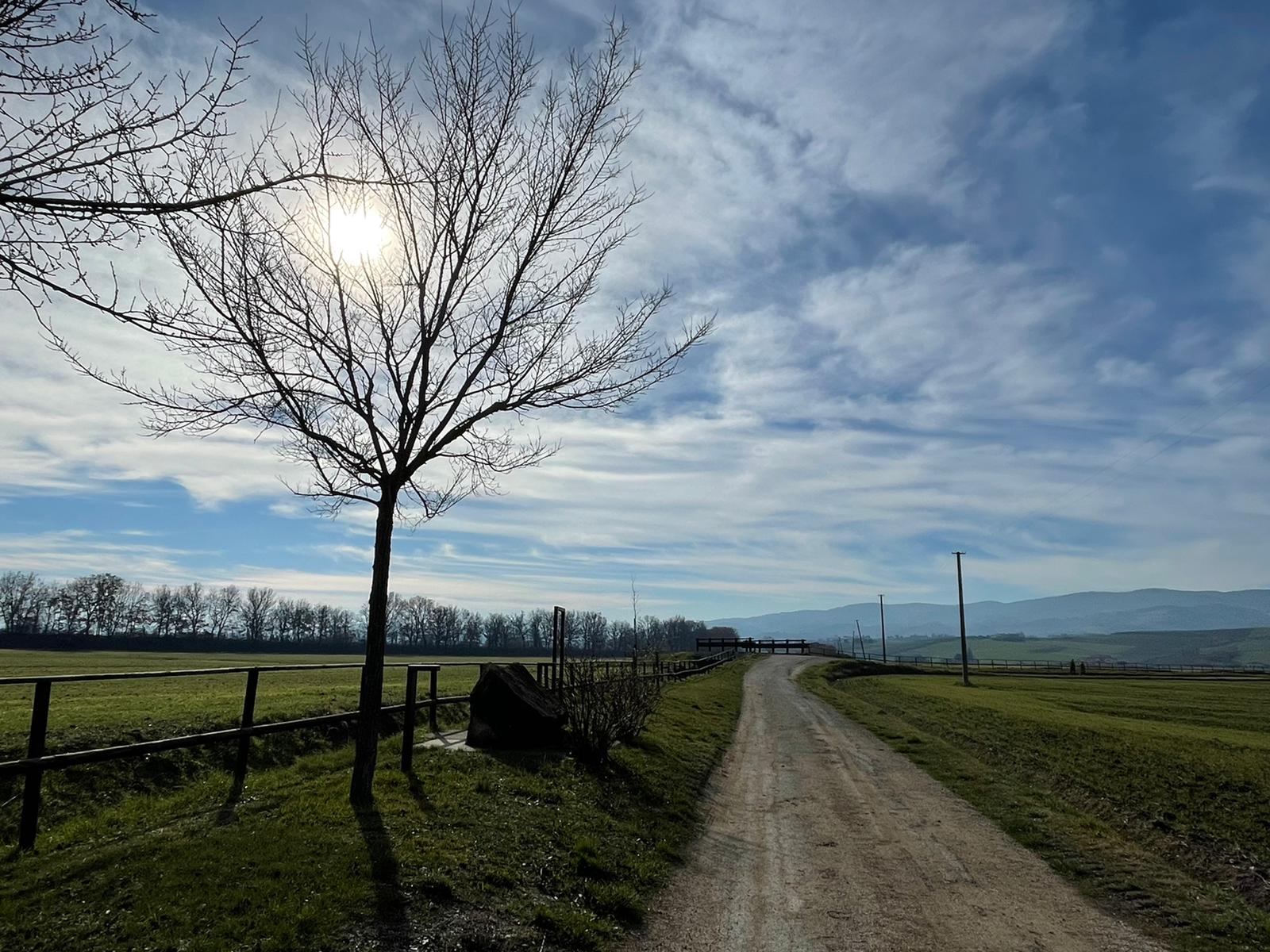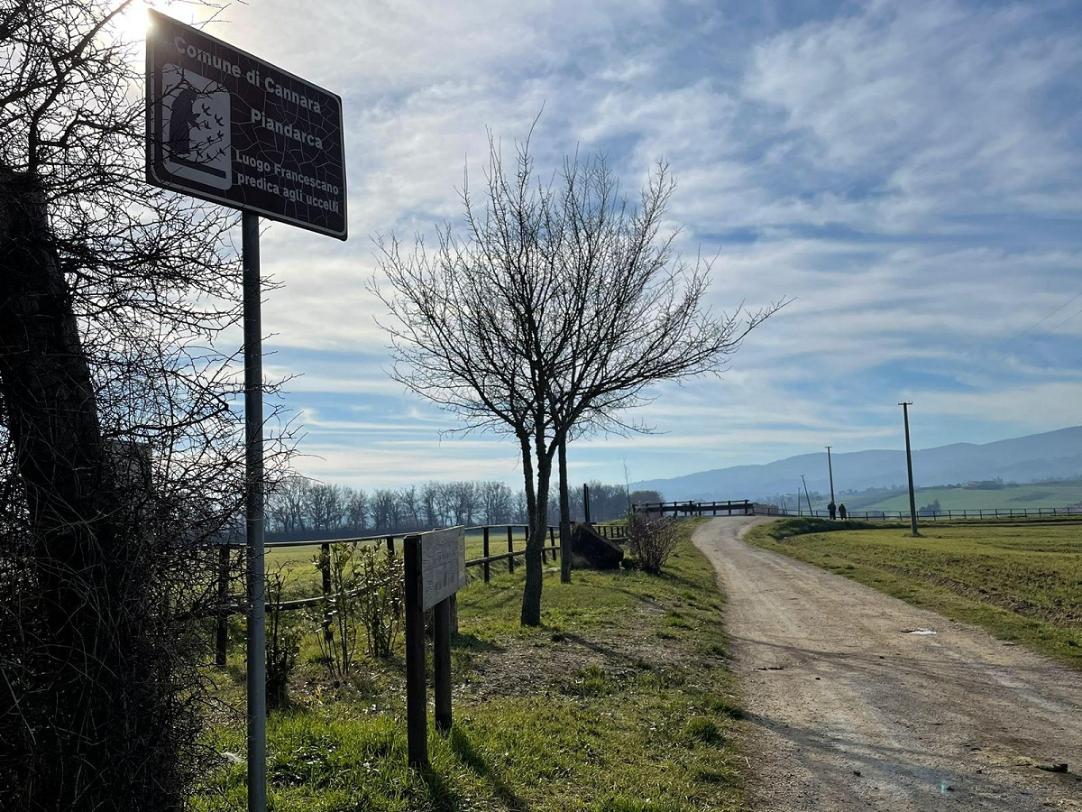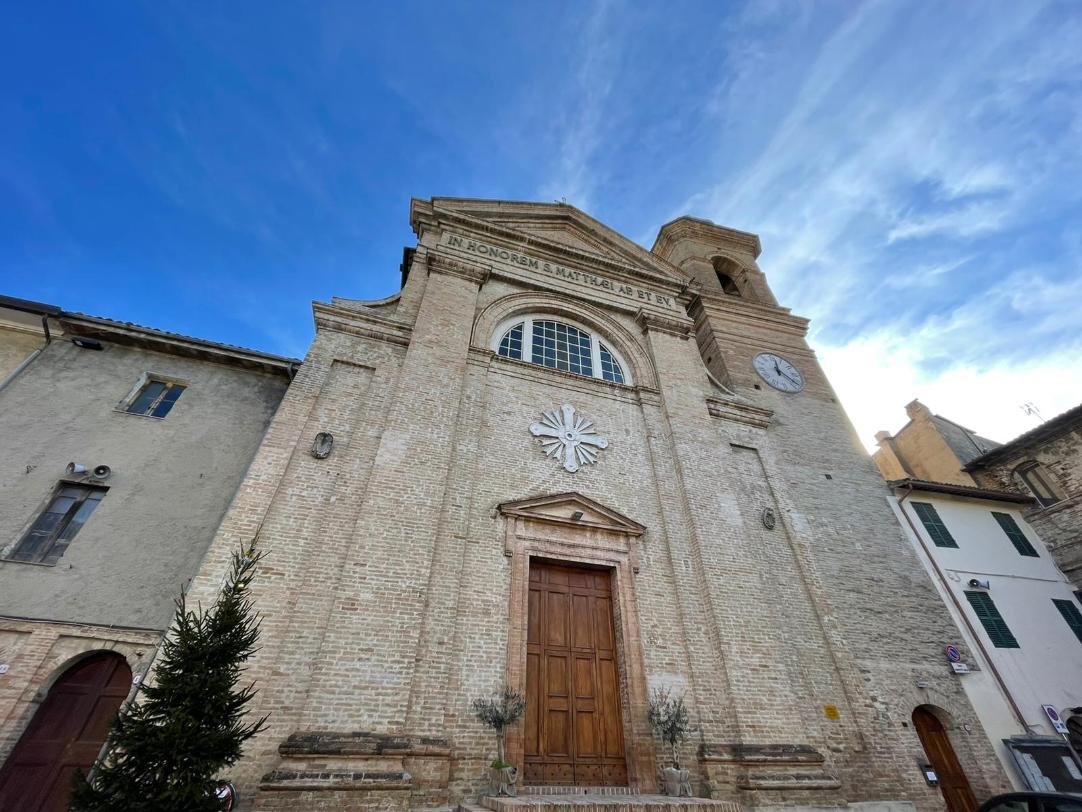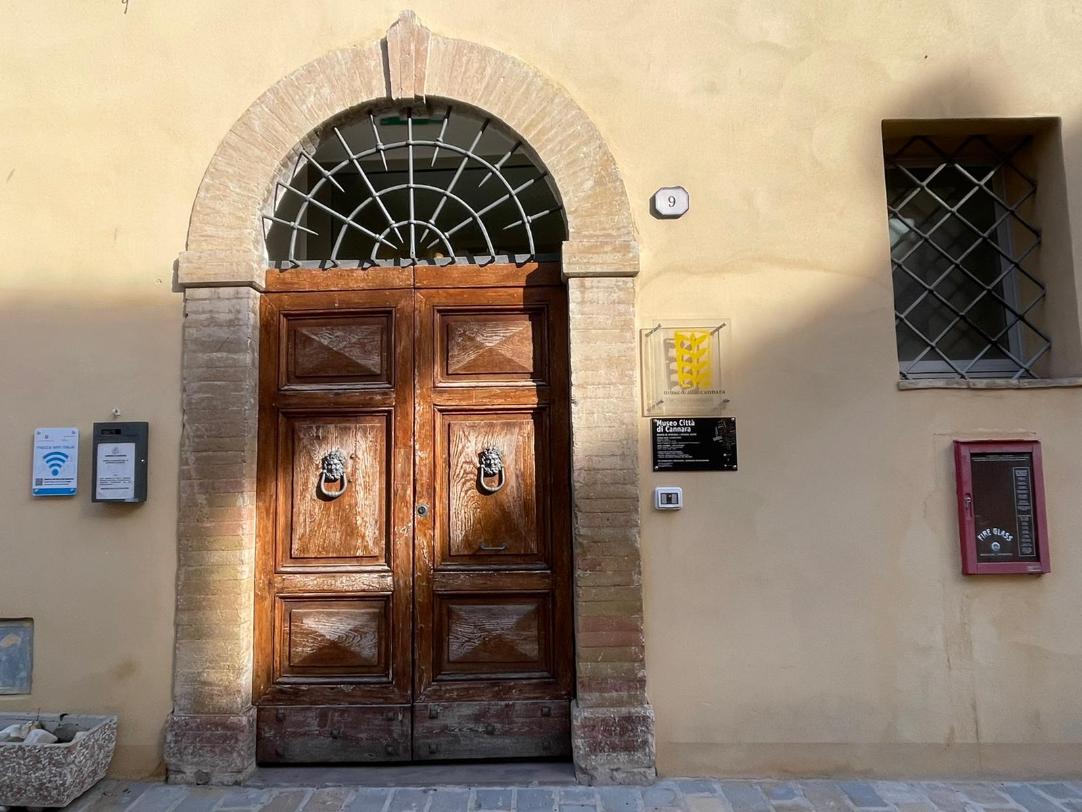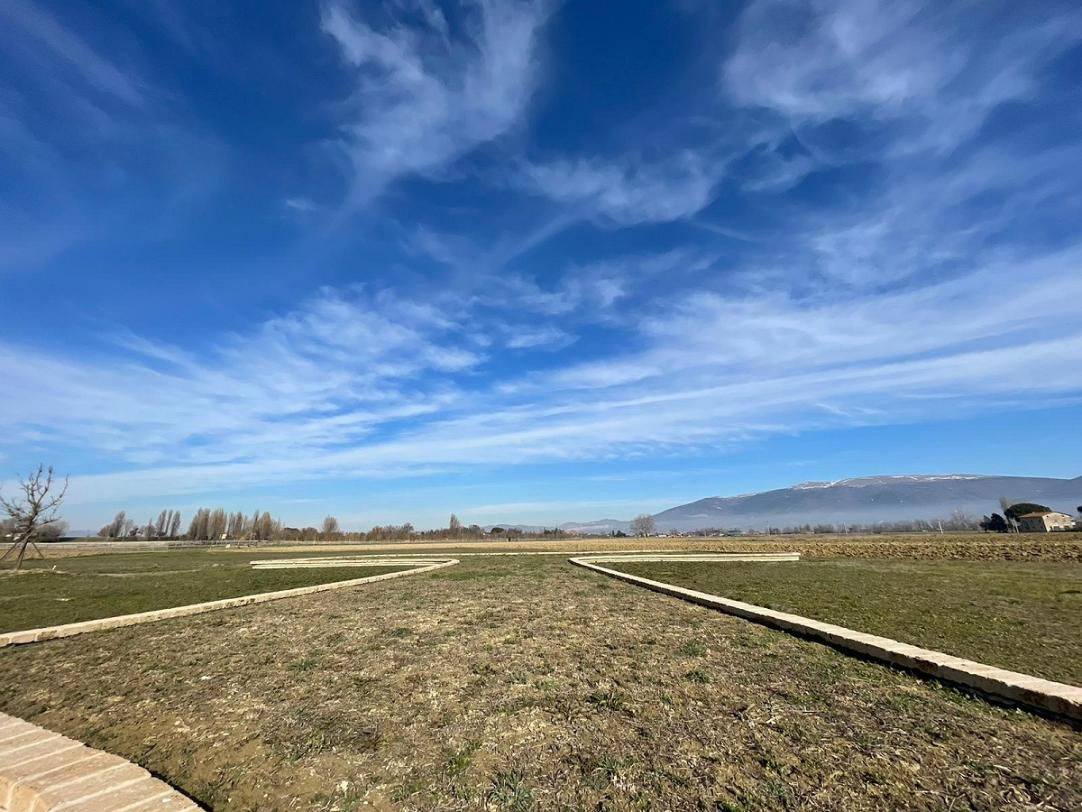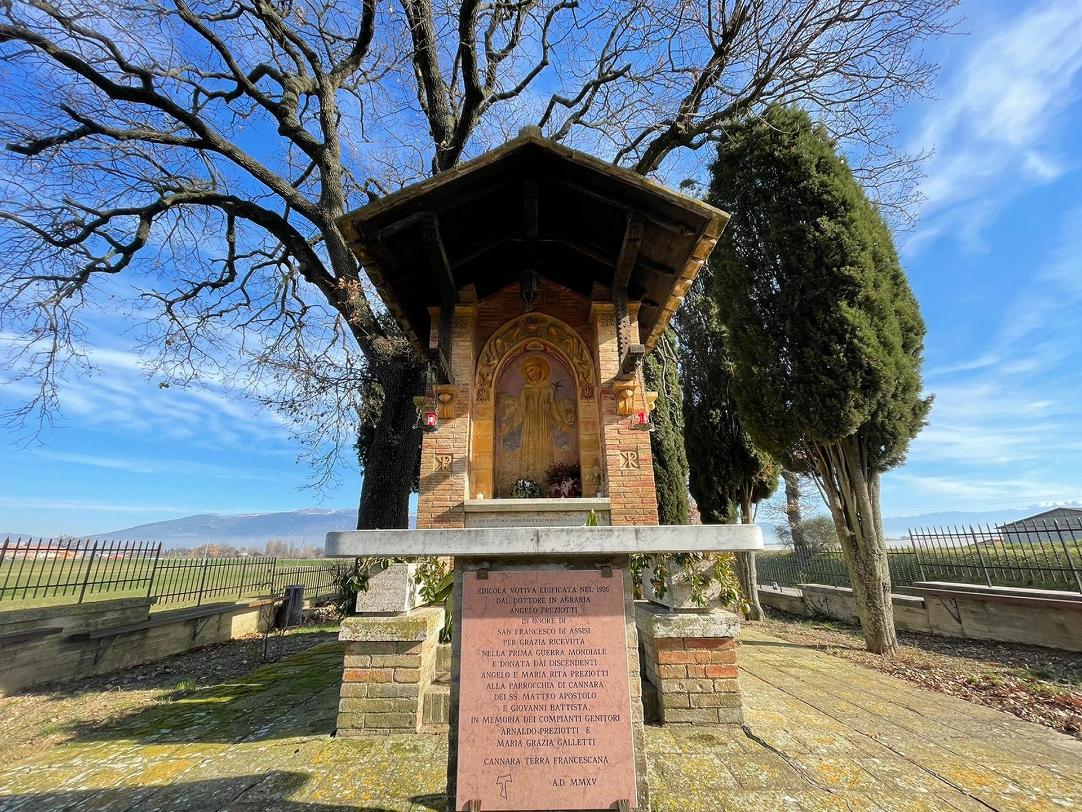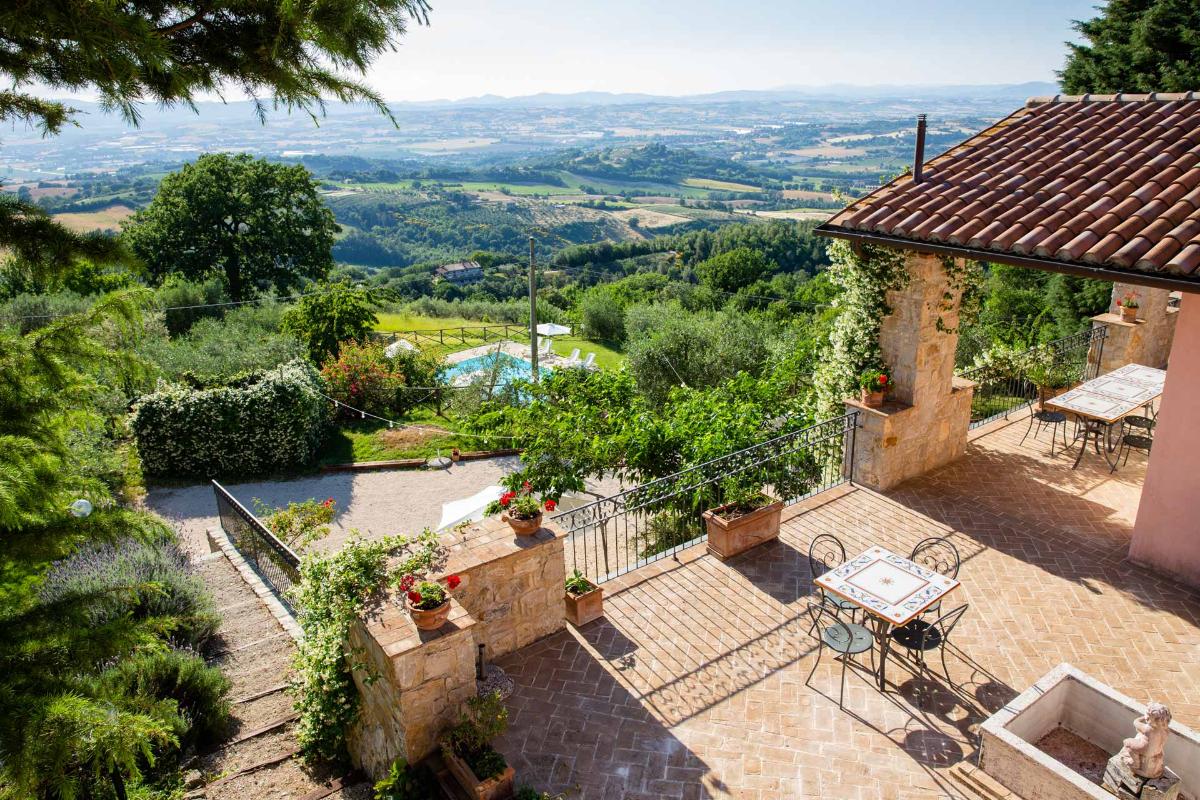| Partenza | Cannara |
| Arrivo | Cannara |
| Distanza | 8 km |
| Dislivello | 10 m |
| Difficoltà | facile, percorso pianeggiante |
| Durata | 2,5 ore (Trekking) – 50min (Bike) |
| Tipologia bici | city-bike, MTB, gravel |
| A chi è adatto: | adatto a tutti anche a famiglie con bambini |
Escursione ad anello su percorso totalmente pianeggiante, con partenza dalla centrale Piazza San Matteo di Cannara (Pg). Dalla Piazza San Matteo, dove è possibile visitare l’omonima Chiesa di San Matteo, ci si dirige in direzione del tratto della ciclabile Assisi-Spoleto servendosi del sentiero asfaltato che costeggia l’alveo del fiume Chiascio. Si prosegue sul percorso pedonale/ciclabile che lungo il punto di confluenza del fiume Topino con il Fiume Chiascio fino ad arrivare alle cascate dello stesso Chiascio, si prosegue su strada sterrata, in mezzo alla pianura coltivata, da dove si scoprono ampie visuali sul Monte Subasio ed Assisi da un lato, sulla Valle Umbra e sui Monti Martani dall’altro. Dopo una curva a gomito a sinistra della strada sterrata si prosegue sul percorso in uno spicchio pianeggiante tra Cannara e Bevagna a nord est dal monte Subasio e a sud ovest dalle colline di Montefalco, fino al luogo della predica di San Francesco agli uccelli in località Piandarca. Qui, secondo gli studiosi del francescanesimo, il poverello di Assisi si accorse della presenza di una moltitudine di uccelli a cui rivolse la sua Predica. Oggi sull’argine sinistro del torrente Formella, che costeggia il percorso, fa bella mostra di sé una pietra, che vari documenti e testimonianze del primo Novecento identificano con quella su cui si sarebbe collocato il Santo per predicare agli uccelli tra il 1212 ed il 1213.
Proseguendo a destra, dopo pochi metri è possibile ammirare il grande TAU di Piandarca, rivolto verso Assisi, realizzato esclusivamente con un diverso taglio della vegetazione che lo rende visibile attraverso un diverso effetto cromatico. Lasciandosi alle spalle il TAU, si può fare una piccola deviazione a sinistra rispetto al percorso per raggiungere l’antica strada che unisce Cannara a Bevagna, dove si può visitare l’Edicola di Piandarca, una piccola edicola eretta, vicino ad un ruscello, nel 1926 in occasione del VII centenario della morte di San Francesco, a memoria della predica agli uccelli che avvenne in questa località.
Percorrendo a ritroso il piccolo tratto di deviazione dalla ciclabile, si raggiunge il Vocabolo Fonte e si prosegue abbandonando la strada sterrata, in direzione di Cannara dove, superato l’incrocio con la statale, si attraversa il centro storico di Cannara fino al punto di arrivo di Piazza San Matteo.
● La Chiesa San Matteo
Di origine trecentesca, è stata trasformata nella sua forma attuale negli anni 1788 - 1793, secondo il progetto dall’architetto assisiate Giuseppe Brizi. Il campanile a guglia, parzialmente crollato dopo il terremoto del 1832, fu ricostruito con l'attuale calotta terminale dall'ing. Domenico Martinangeli di Cannara nel 1860. All'interno è esposta un’interessante tavola di Nicolò di Liberatore, detto l'Alunno, raffigurante la Madonna in trono con Gesù Bambino tra San Francesco d'Assisi e San Matteo evangelista.
● Il Museo Città di Cannara
Il Museo Città di Cannara è allestito all’interno dell’ex convento delle Salesiane. È dedicato alla storia di Cannara e del suo territorio ed offre l'occasione di conoscere e approfondire la storia del territorio comunale dalle origini fino all'età moderna. Le sue sale conservano una cospicua raccolta di materiale archeologico proveniente dallo scavo di Urvinum Hortense, situato presso la frazione di Collemancio, a testimonianza dell’occupazione del sito dall’età preromana al basso medioevo. Il Museo ospita, inoltre, una raccolta di opere pittoriche e scultoree, medievali e moderne, provenienti dalle principali chiese della città e da alcuni palazzi nobiliari. Il percorso di visita si snoda all'interno del Palazzo: la prima sala testimonia la consolidata tradizione musicale della città di Cannara, con una raccolta di strumenti musicali a fiato e percussioni di inizio ‘900, oltre a spartiti e fotografie d’epoca. Si prosegue con il percorso archeologico. Il posto d’onore è riservato al policromo mosaico termale proveniente da Urvinum Hortense, di cui potete godere anche di un’affascinante visione dall’alto. È il più grande ritrovamento proveniente dall’antico municipio romano e risale al I-II secolo d.C. Decorava il pavimento di una delle sale del complesso termale pubblico, nello specifico la vasca del frigidarium. Il fondo è a tessere bianche, con una cornice di tessere rosse e nere. Lungo i quattro lati, immersi in una lussureggiante vegetazione, sono rappresentati sei pigmei dai tratti fortemente caricaturali, vittime di esotici animali: ippopotami, coccodrilli, ibis e serpenti. Il quadro centrale rappresenta, invece, la buffa scena di quattro pigmei intenti a pescare in equilibrio su minuscole barche. Alcune teche custodiscono i materiali rinvenuti nello scavo. Accanto alla sezione archeologica trova spazio la raccolta d’arte della Pinacoteca Civica. Gli affreschi strappati nel 1907 dalla Chiesa della Madonna del Latte, detta anche Santa Maria delle Fontanelle, nei pressi di Collemancio, occupano un’intera sala. L’intera decorazione, rimossa a causa del progressivo deterioramento architettonico della Chiesa, fu realizzata da pittori perugini, umbri e della cerchia di Tiberio d’Assisi. Rilevante è la trecentesca Madonna del Latte. La Pinacoteca custodisce, inoltre, opere di Marcantonio Grecchi, dal linguaggio austero e rigoroso, dell’assisano Dono Doni, di stile eclettico ma efficace nei ritratti dal vero, e di Francesco Longhi.
● La Chiesa di San Biagio
Di stile tardo romanico umbro (XIII sec.), la Chiesa di San Biagio presenta una facciata originale in pietra bianca e rossa di Assisi. L’interno è costituito da un unico ambiente con la volta distinta in quattro vele. La tela che sovrasta l’altare maggiore risale al tardo Cinquecento, rappresenta la Trinità con, in basso, i santi Lorenzo e Benedetto (a destra), Biagio e il beato Lorenzo Giustiniani (a sinistra). Di fronte all’ingresso c’è un altare di stile barocco; sui muri sono presenti frammenti di affreschi del 1300. Interessanti, anche ai fini delle tradizioni religiose locali, due statue che qui si conservano: una, d’epoca moderna, è quella di S. Biagio (3 febbraio) a cui è legata una antichissima festa popolare, l’altra è della Vergine Immacolata, attribuita a Nero Alberti (1502-1568), da annoverare tra le “Madonne con le calze autoreggenti”. Viene portata in processione il pomeriggio del giorno di Pasqua e fatta incontrare con la statua del Cristo Risorto dando vita alla Rinchinata.
● La Chiesa della buona morte
La Chiesa della buona morte sorge davanti al “Tugurio” dove, secondo la tradizione, S. Francesco si ritirava a riposo e preghiera quando passava per la terra di Cannara. A quei tempi era solo un piccolo Oratorio, nel quale è tradizione che il Santo di Assisi abbia rivestito dell’abito il primo terziario, il beato Lucio Modestini di Cannara. Successivamente, e fino ai nostri giorni, sarebbe diventato il luogo di incontro della Compagnia di S. Francesco, poi detta “Della Morte e Orazione”, dedita soprattutto ad opere di pietà, come il seppellimento dei defunti.
Si tratta di una chiesa ad unica navata, con cinque altari, arricchita da pregevoli opere d’arte e da lapidi che ricordano l’ideazione del Terz’Ordine da parte di S. Francesco in questo edificio sacro e l’alto ruolo civile o religioso svolto da alcuni cannaresi nel passato.
Il pregevole “Crocifisso” a braccia snodabili caratterizzate da snodi di legno massello, esposto nella nicchia sopra il presbiterio e composto da cinque strati di tela di lino sovrapposti, è una rarità in terra umbra e risale alla seconda metà del Quattrocento. Fu acquistato dalla Compagnia della Morte nel 1545, per essere oggetto di devozione e portato in processione la sera del Venerdì Santo.
● Palazzo Majolica-Landrini - il Sacro Tugurio di San Francesco
Secondo i Fioretti e il Cantico di frate sole il Santo era solito andare “tra Cannajo e Bevagno” e proprio in questi luoghi si conservano numerose testimonianze del suo passaggio, una di queste è all’interno di Palazzo Majolica Landrini, in Piazza IV Novembre, dove si può ammirare il tugurio nel quale dimorava S. Francesco durante le sue visite a Cannara. Al Tugurio di Cannara, pare sia nata la prima Fraternità dell’Ordine Francescano Secolare (O.F.S.) fondato da S. Francesco per tutti quegli uomini e donne, sposati o no, che vivevano fuori dai conventi o dai monasteri, ma volevano comunque vivere la loro vita cristiana sull’esempio di S. Francesco; per loro, poi, il poverello di Assisi scrisse una Regola di vita conosciuta come “Terz’Ordine“, successivamente approvata dal Papa.
1226 – 1926 “La favilla accesa a Cannara dal verbo di S. Francesco d’Assisi non mai sopita nei secoli divampò in gran fiamma nel settimo centenario del poverello quando in questa casa fu ricostrutto il tugurio in cui la tradizione addita il primo germe del terz’ordine e fu murata un’edicola in Pian d’Arca dove parlando e benedicendo alle sirocchie uccelli il santo poeta preludiò al sublime Cantico delle Creature“.
